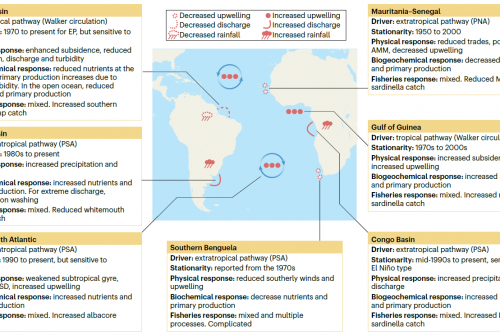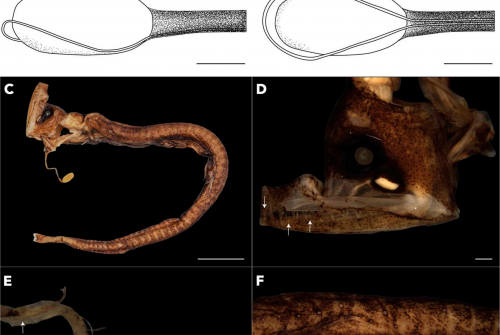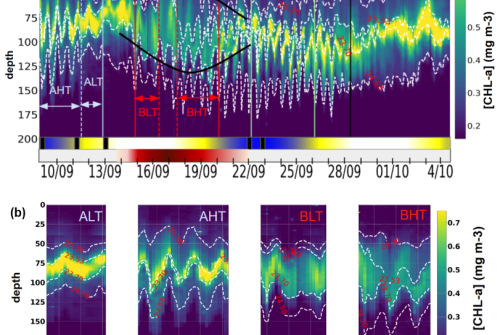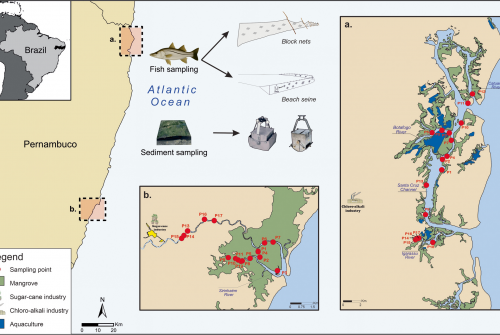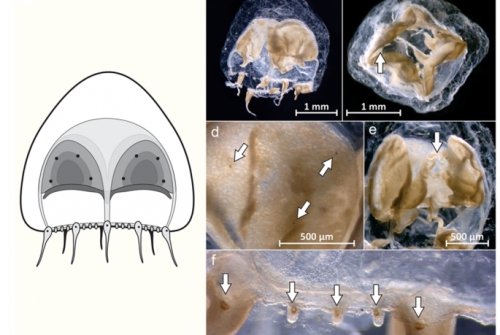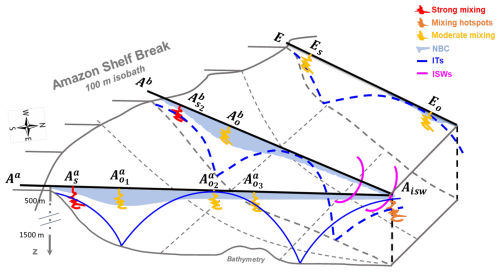
The Amazon shelf break is a key oceanic region where strong internal tides (ITs) are generated, playing a substantial role in climate processes and ecosystems through vertical dissipation and mixing. During the AMAZOMIX survey (2021), currents, hydrography, and turbulence were measured over the M2 tidal period (12.42 h) at multiple stations along both high (HTE) and low (LTE) tidal energy paths, covering IT generation and propagation regions off the Amazon shelf. This dataset provides a unique opportunity to assess IT-driven vertical dissipation and quantify its spatial extent and influence in the region.
Microstructure analyses, integrated with hydrographic data, highlighted contrasting dissipation rates. The highest rates occurred at IT generation sites along the HTE paths, while the lowest rates were observed on the slope along the LTE path. Near generation sites, the dissipation rates were elevated, [10−6] W kg−1, with IT shear contributing ∼60 % compared to the mean baroclinic current (MBC) shear. Along IT paths, rates decreased to [10−8] W kg−1 but remained substantial, driven by nearly equal contributions from IT and MBC shear.
A key finding was the relative increase in turbulent dissipation ([10−7] W kg−1) ∼230 km from two distinct IT generation sites at the shelf break. This zone of high mixing was located in an area where the general circulation vanished, coinciding with a region of potential constructive interference of IT rays originating from different generation sites. It also aligned with the occurrence of large-amplitude internal solitary waves (ISWs), suggesting that constructive IT ray interference may generate nonlinear ISWs that lead to enhanced dissipation.
DOI: doi.org/10.5194
Reference
Kouogang F., Koch-Larrouy A., Magalhaes J., Costa da Silva A., Kerhervé D., Bertrand A., Cervelli E., Ternon J.-F., Rousselot P., Lee J., Rollnic M., Araujo M. Turbulent dissipation along contrasting internal tide paths off the Amazon shelf from AMAZOMIX. Ocean Science, 21: 1589–1608, 2025.



